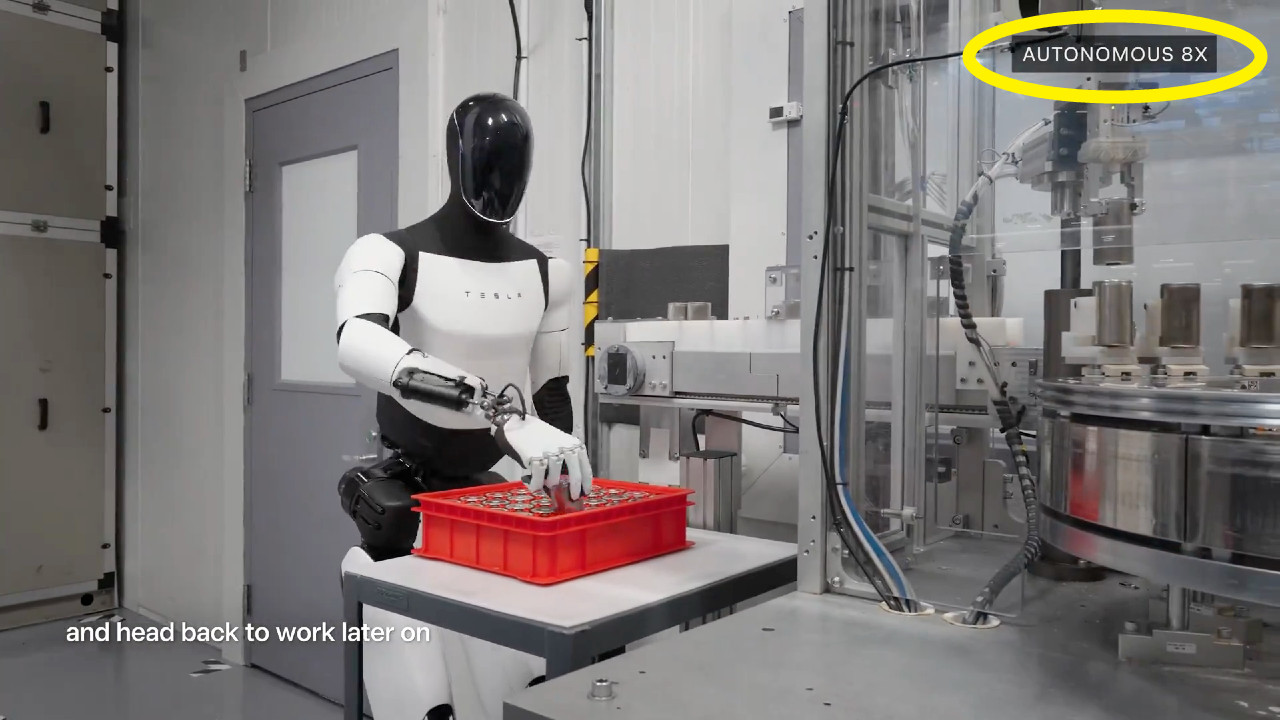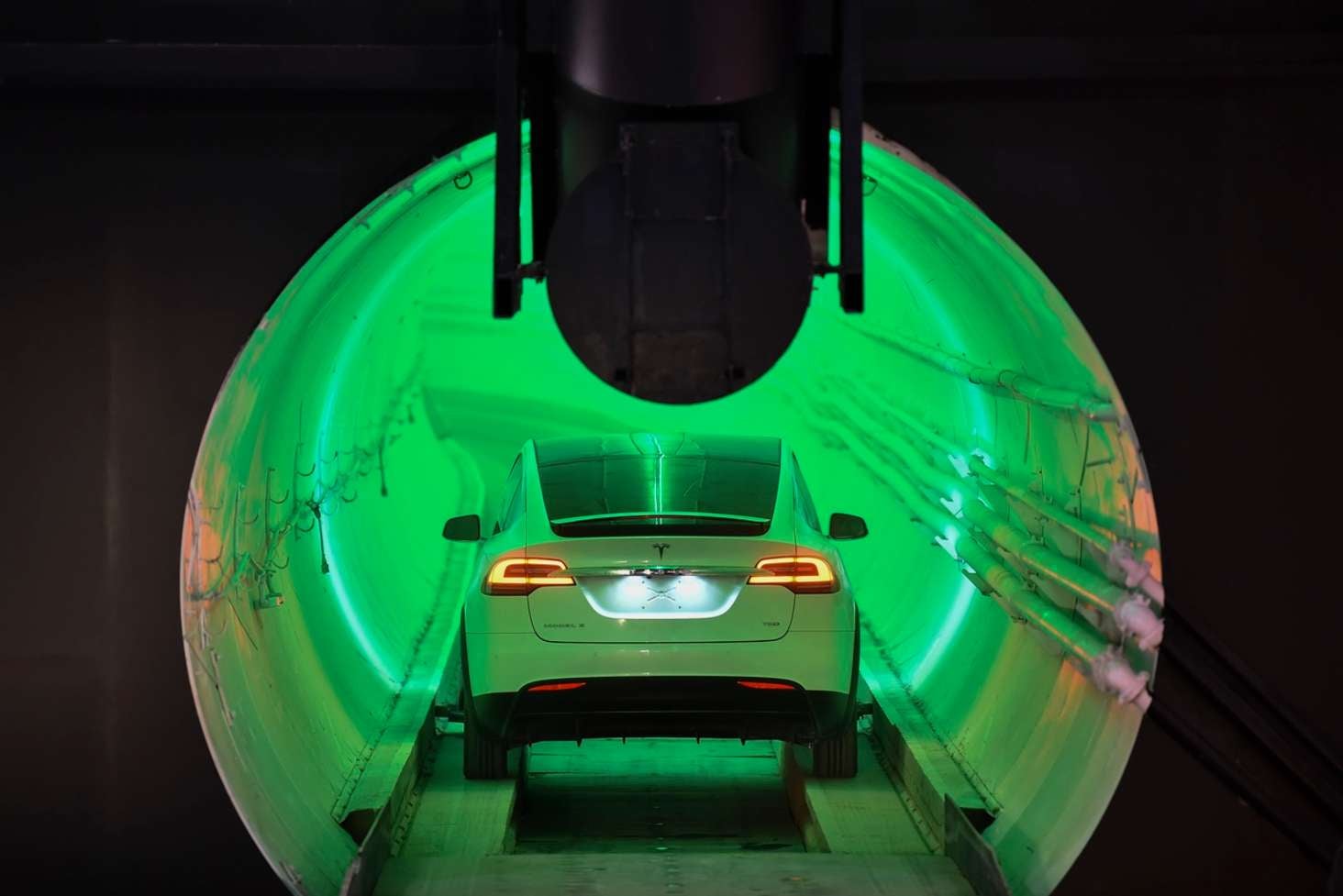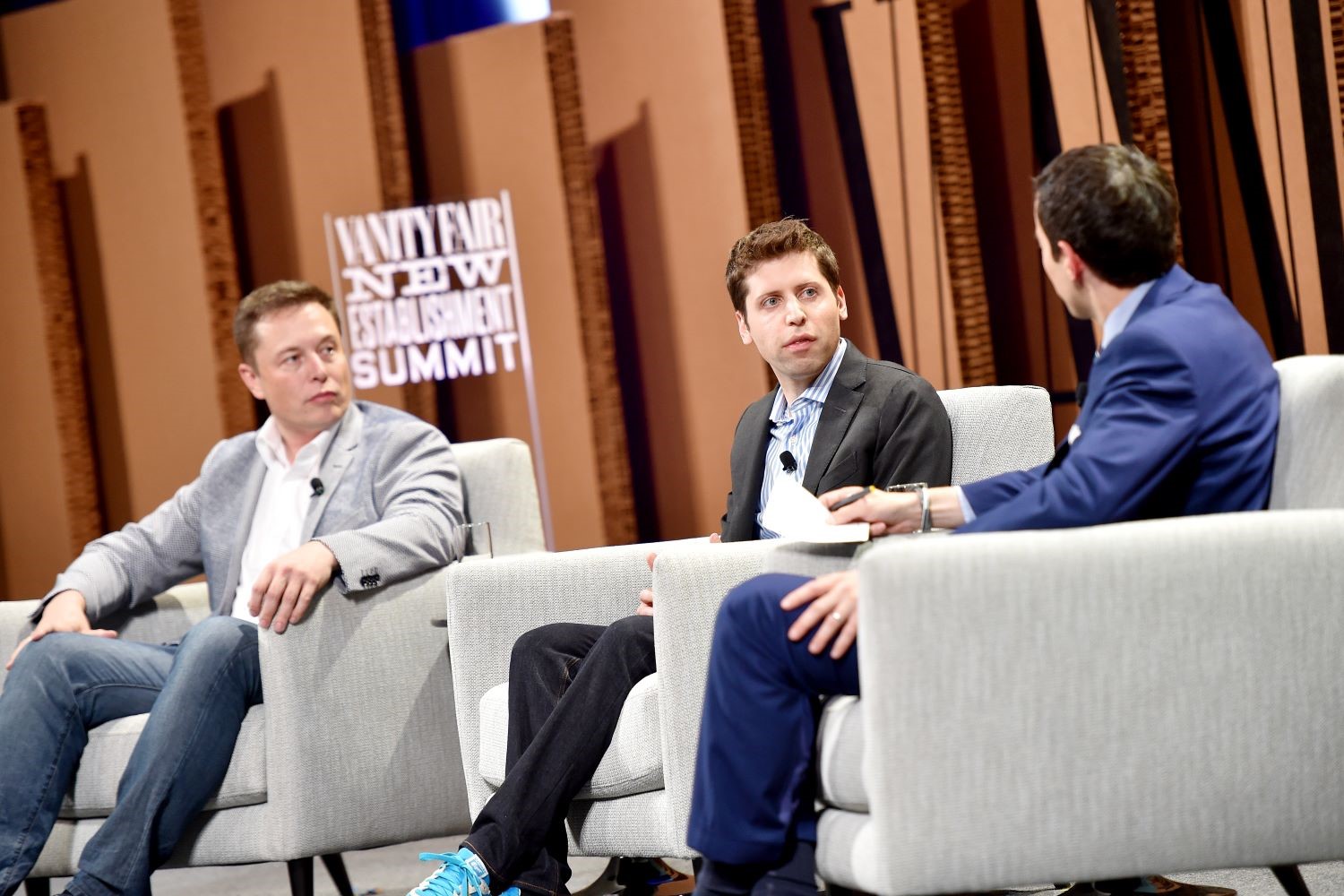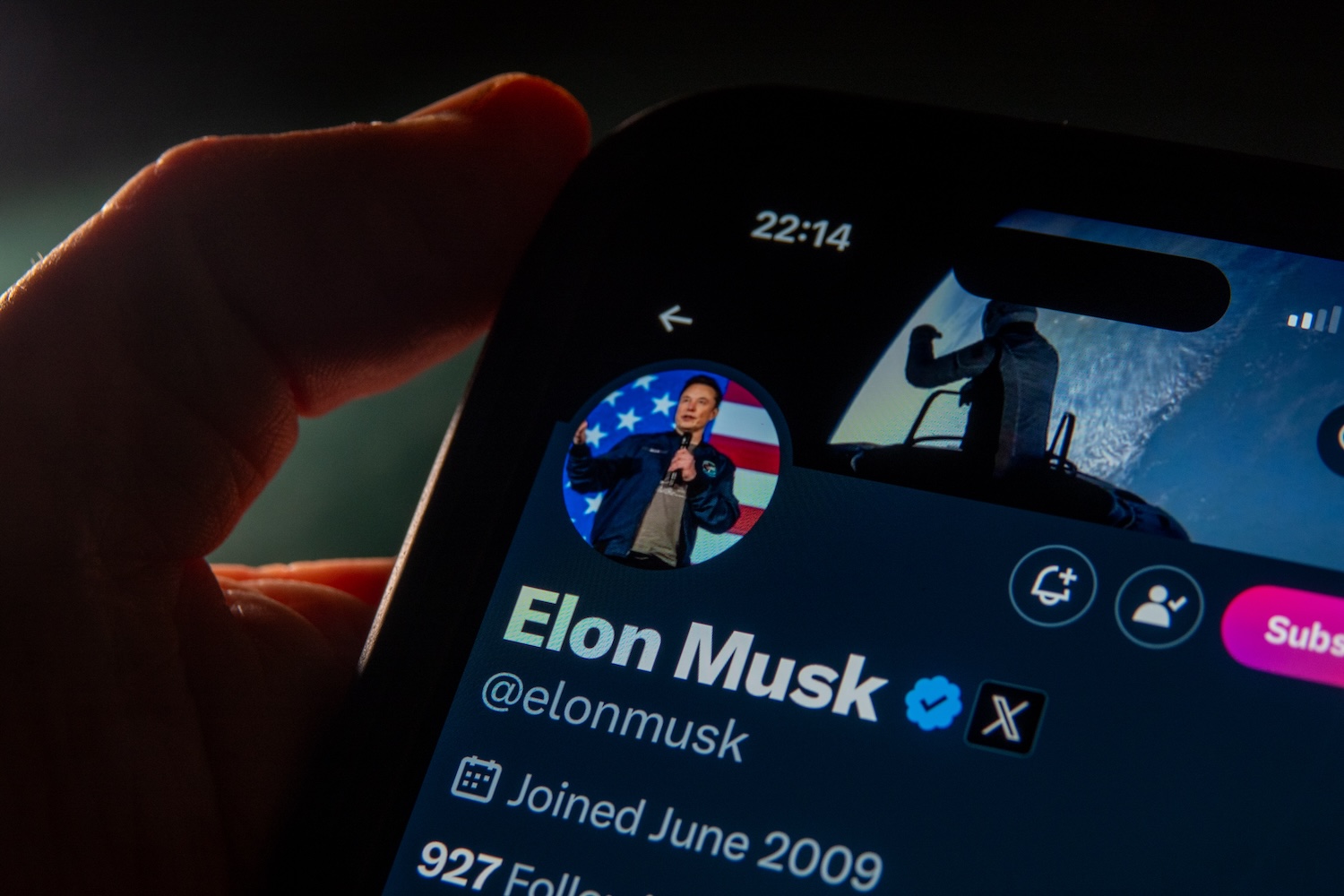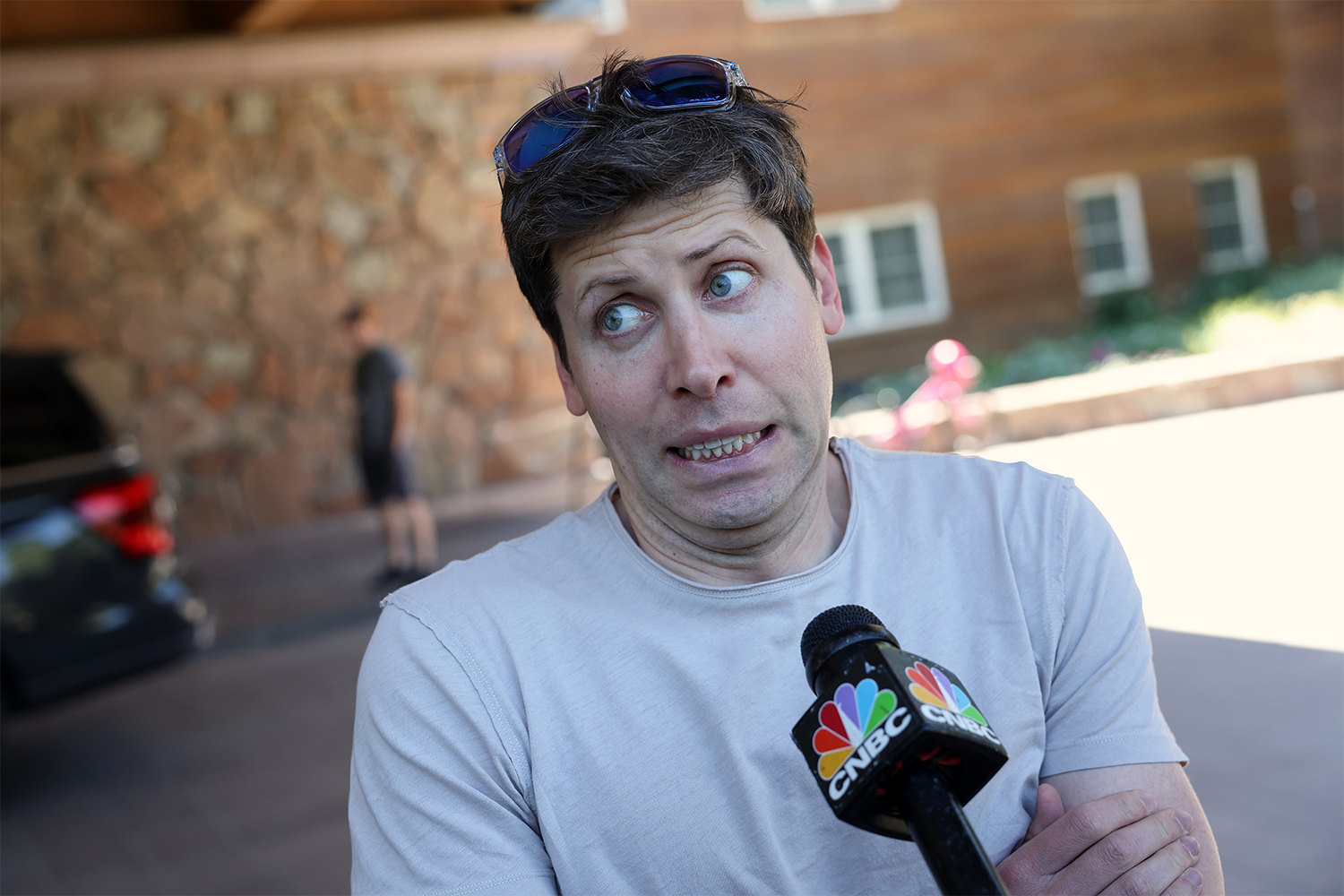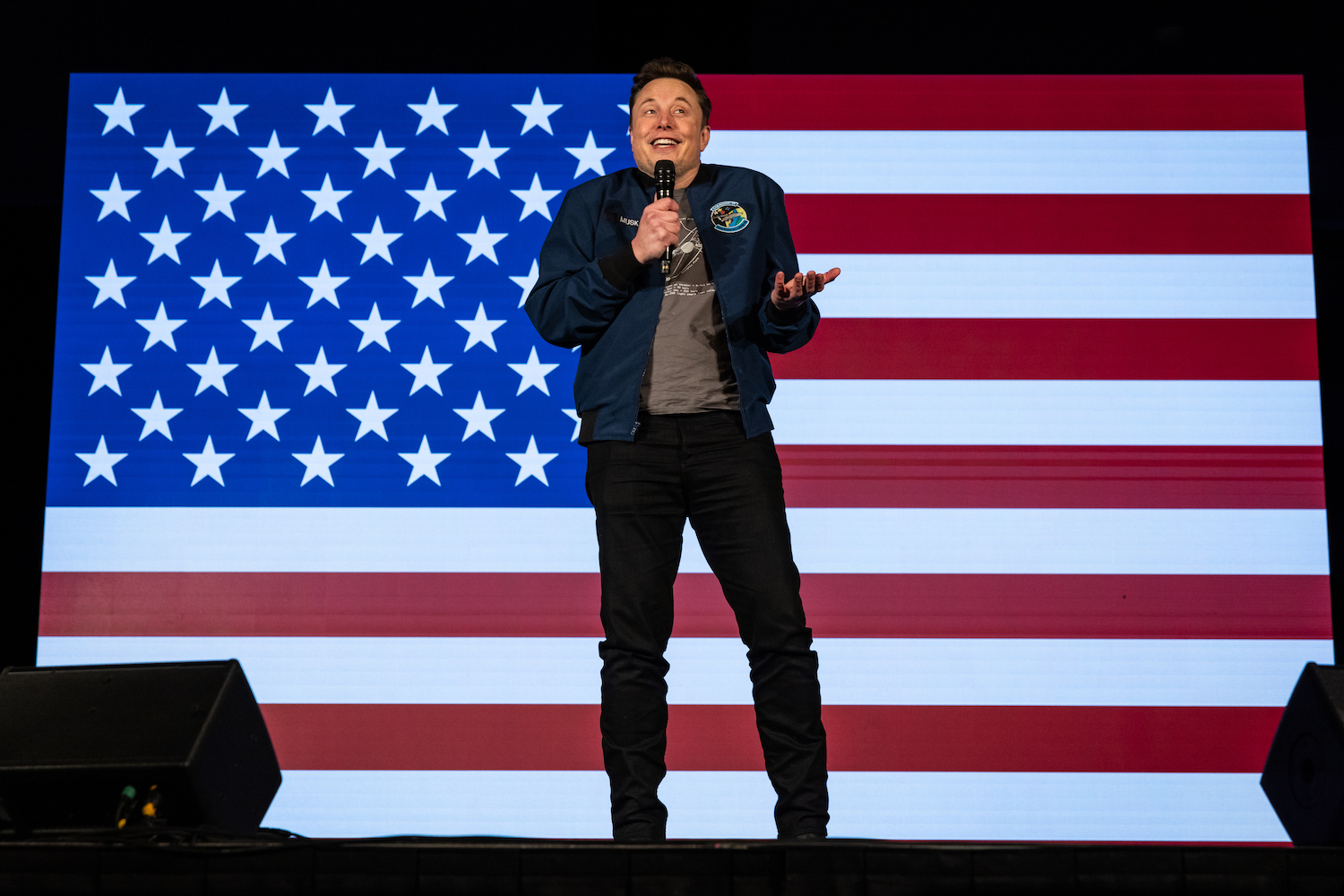Tesla released a new video early Thursday showing its much-hyped Optimus robot in action. Viewers can watch Optimus walk around, hand out food, and climb stairs. But anyone watching at home should pay close attention to the numbers in the upper-right corner of the video. Because that’s where you’ll learn how quickly the video editors are speeding up the footage to make Optimus look more impressive than it actually is.
Tesla CEO Elon Musk unveiled a long-anticipated robotaxi last week at Warner Bros. studios where the Optimus robots actually stole the show. Optimus could be seen dancing, talking with guests, and even playing rock-paper-scissors. It wasn’t until later that people learned the robots were actually being controlled by unseen humans, at least to some degree.
The entire event led to a lot of questions about whether Musk was trying to deceive people by letting them believe Optimus had achieved such incredible feats in a relatively short amount of development time. That feeling of betrayal has presumably put the onus on Musk to show what Optimus can really do, like in the new Tesla video posted to X overnight. But this demonstration will only lead to more questions for people who spot the disclaimer in the upper-right corner, as we see the video is sped up two times, eight times, and even ten times faster at points.
Navigating by myself pic.twitter.com/CeFSqCcy5I
— Tesla Optimus (@Tesla_Optimus) October 17, 2024
Did you catch the little notes in the upper corner? They can be hard to notice when you’re trying to watch the robot. But they serve as a good reminder that Optimus is way behind some of Tesla’s most important competitors. And it signals that Musk’s promises to deliver these robots to consumers in the very near future could be overly optimistic.
What does Optimus look like in real time? We slowed down a portion of footage to the actual speed, as you can see in this video. And it’s fine, as a functional bipedal robot goes. But it’s noticeably less impressive for the average person who’s watching at home when they see the thing working at its real top speed.
The video also shows Optimus climbing stairs, which is admittedly pretty cool if you know about how difficult that was to accomplish in the 2000s and early 2010s. Almost a decade ago, I attended the DARPA Robotics Challenge in 2015 and there were a number of student teams that struggled to get their robots to climb stairs at a decent speed.
But Tesla has certainly surpassed the college students of 2015 with this one. At least we think Tesla has, given the fact that, unlike the kids competing for DARPA who had to do it in front of a live audience, Optimus just released a video without telling us if this may have taken more than one take to get right.
You’ll also notice that the word “autonomous,” which had appeared throughout most of the video in the upper corner, has vanished when Optimus is climbing the stairs. It seems safe to assume Optimus is being controlled by a human during that portion of the video. Tesla didn’t respond to emailed questions on Thursday.
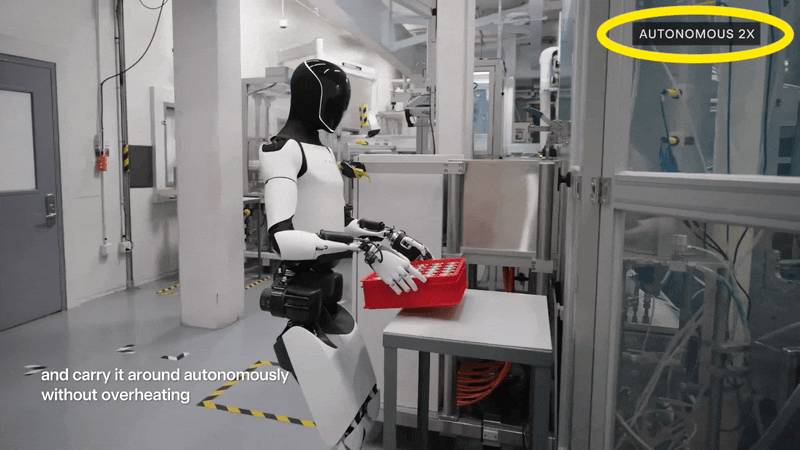
The video drew mixed reactions, with some people very excited by what they were seeing and others who felt duped by the speed alterations.
“see, even here you have to speed up video with edits sigh. NOBODY TRUSTS YOU NOW @elonmusk,” one X user complained about the video.
Others thought the video looked great, including tech evangelist Robert Scoble, the guy most famous for wearing Google Glass in the shower. Scoble was, oddly enough, the guy who first flagged the fact that Musk’s robots at the Cybercab event weren’t working autonomously.
To be clear, Scoble thinks the video is impressive and apparently a true demonstration of AI, despite not actually demonstrating anything cutting edge that can be honestly verified. But others on X were confused about Scobles wording, just as we were.
“I don’t get it, so Optimus was actually autonomous when it handed over stuff during the event after all? I thought people and engineers said it was tele-prompted?” another person asked Scoble.
“No. It was human controlled much of the time,” Scoble replied. “They were working on a separate build. The one for the demo was limited to avoid mistakes. But now I’m wondering if more than I thought was AI, like the pouring of the drink.”
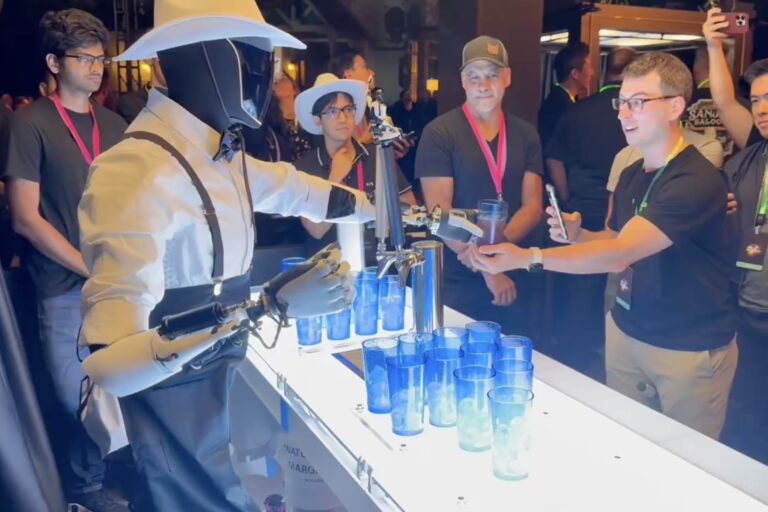
Tesla never did get back to Gizmodo when we emailed questions about just how autonomous the robots at the “We, Robot” event were. But the new video doesn’t actually show anyone getting poured a drink either. The Optimus just hands people a bottle beverage and we still don’t know how much human interaction is involved in this process. We just have to take Tesla’s word that it’s AI and “autonomous.”
There’s also the tether attached to Optimus in the video which is never explained, which we’ve circled in yellow below. The robot bartenders at the Tesla Cybercab event didn’t have any visible tethers.
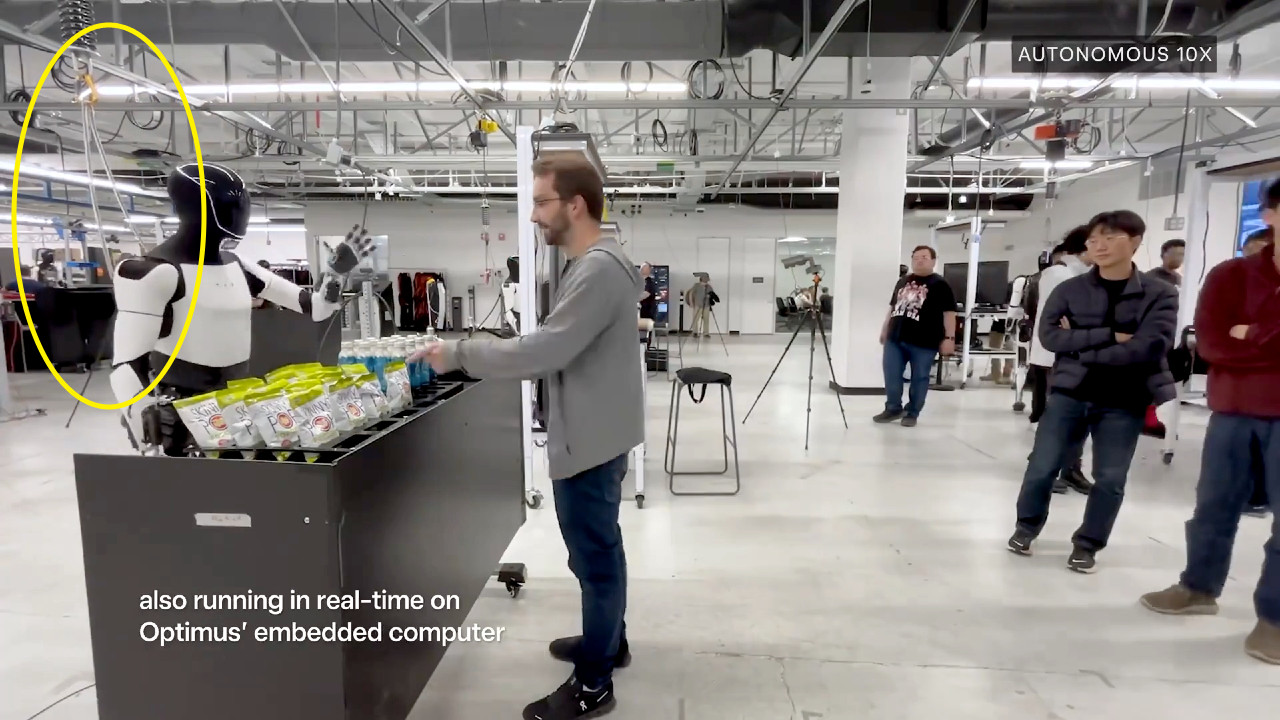
Musk has a long history of trying to make his projects look much more impressive than they actually are. Back in January, Musk tweeted a video of Optimus folding a shirt. But the demonstration accidentally revealed there was a person just-off camera who was remotely operating the robot. You could see the human’s hand dip into frame sometimes, as we’ve highlighted with the red arrow in the GIF below.

Tesla’s robot competitors started adding the words “no teleoperation” to their videos in the months after Musk’s attempt at pulling the wool over people’s eyes.
Bloomberg’s coverage of the new Optimus video doesn’t note the editing or the tether or anything else with skepticism, but they did get a fun little detail: “Musk personally approved the video, according to a person familiar with the matter, who asked not to be identified discussing company operations,” according to Bloomberg.
The billionaire Tesla CEO isn’t the first person to fudge robot demos. Back in the 1950s, the U.S. intelligence community helped put on a robot demonstration for the Soviet Union during a tech fair in Moscow. The Soviet onlookers were told that a robot vacuum was working autonomously and the presentation tried to suggest that the average U.S. household would soon have these kinds of things. In reality, there was a guy sitting behind a two-way mirror with a remote control.
Some things never really change.
